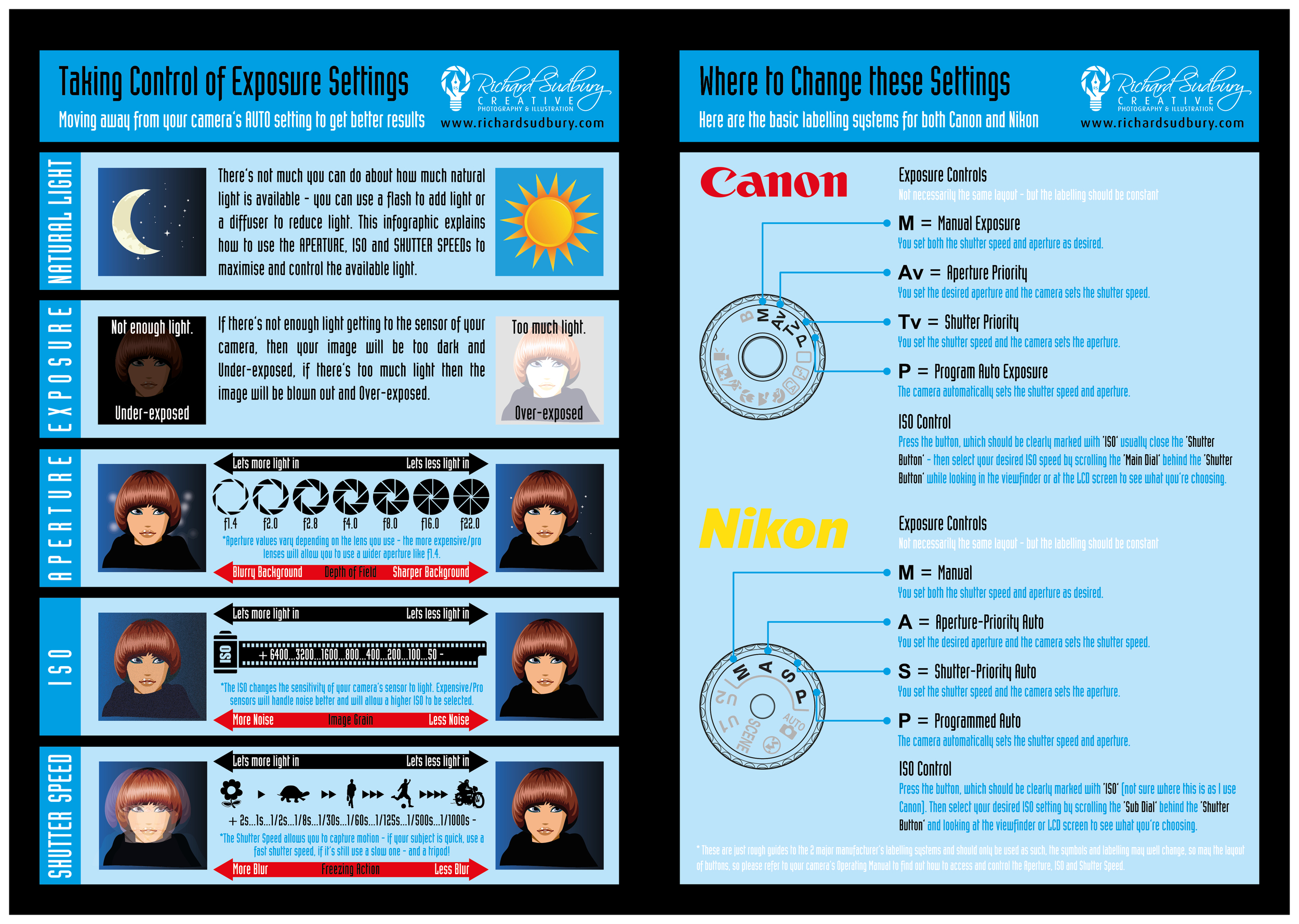Join Us To Find Essential Photography Pointers That Will Unlock Your Electronic Camera'S Capacity-- Prepare To Catch Sensational Images Quickly!
Join Us To Find Essential Photography Pointers That Will Unlock Your Electronic Camera'S Capacity-- Prepare To Catch Sensational Images Quickly!
Blog Article
Post Composed By-Lundgreen Monroe
When you initially grab your electronic camera, it can feel overwhelming with all the settings and alternatives readily available. You might find yourself asking yourself how to navigate aperture, shutter rate, and ISO efficiently. Grasping these basics is important, but there's even more to photography than simply technical knowledge. Understanding composition strategies and illumination conditions can raise your photos considerably. So, what happens if you could learn easy techniques to improve your skills and begin recording impressive images earlier than you assume? Allow's discover exactly how to transform your photography trip.
Comprehending Cam Settings
Comprehending your electronic camera setups is essential for recording stunning photos. When you grab your electronic camera, familiarize yourself with the 3 primary setups: aperture, shutter rate, and ISO. https://www.liveinternet.ru/users/coyne_didriksen/post509027246 plays an important role in just how your images end up.
Start with aperture, which regulates the amount of light getting in the lens. A larger aperture (lower f-number) allows extra light and produces an attractive background blur, excellent for portraits. Conversely, a narrower aperture (higher f-number) keeps even more of the scene in emphasis, suitable for landscapes.
Next, focus on shutter rate. This setup identifies how long your cam's sensor is subjected to light. A quick shutter rate ices up activity, which is wonderful for action shots, while a slow shutter rate can create sensational effects like smooth water in landscapes.
Finally, change Suggested Resource site . This setting affects your electronic camera's sensitivity to light. A higher ISO is useful in low-light situations but can introduce sound or grain. Go for the most affordable ISO possible while still accomplishing correct direct exposure.
Structure Methods
When you're out shooting, composition can make all the distinction in how your photos resonate with audiences. Beginning by utilizing the guideline of thirds; imagine your structure divided into nine equal areas with two horizontal and two vertical lines. Placement key elements along these lines or at their crossways to create balance and rate of interest.
Next, take into consideration leading lines. These all-natural lines in your scene, like roadways or rivers, draw the visitor's eye right into the photo, assisting them through the story you're informing.
Do not forget about framing; use components within your scene, like trees or windows, to create a structure around your subject, including depth and focus.
Also, watch on your history. A messy background can sidetrack from your primary topic, while a basic one aids it attract attention.
Lastly, trying out symmetry and patterns; they can create a striking image that captures focus.
Learning Lights Issues
Understanding lights problems is vital for recording magnificent pictures, as the appropriate light can transform an ordinary scene into something phenomenal.
Begin by observing natural light at different times of the day. Early mornings and late afternoons offer the very best light, known as the gold hour. The soft, cozy tones throughout these times can boost your images magnificently.
Don't shy away from overcast days either; diffused light can decrease rough darkness and produce a pleasing result, particularly for portraits.
Experiment with backlighting by placing your subject versus the source of light. This strategy can produce a wonderful halo result and add deepness to your images.
Take notice of your electronic camera settings as well. Adjust the ISO, aperture, and shutter rate to match the illumination conditions. A greater ISO can help in reduced light, yet beware of grain.
Utilize https://petapixel.com/2020/04/07/8-film-photography-tips-for-beginners/ in darker settings to stay clear of blur.
Last but not least, don't forget synthetic illumination. Flash and continuous lights can be great tools for regulating light in tough conditions.
Verdict
To conclude, mastering your video camera doesn't need to be overwhelming. By recognizing your setups, applying make-up techniques, and utilizing the power of natural light, you'll rapidly elevate your digital photography skills. Keep in mind, exercise makes ideal, so get out there and try out your newly found understanding. With time and devotion, you'll be capturing sensational photos that mirror your one-of-a-kind viewpoint. Enjoy the trip, and don't fail to remember to enjoy while you go to it!
